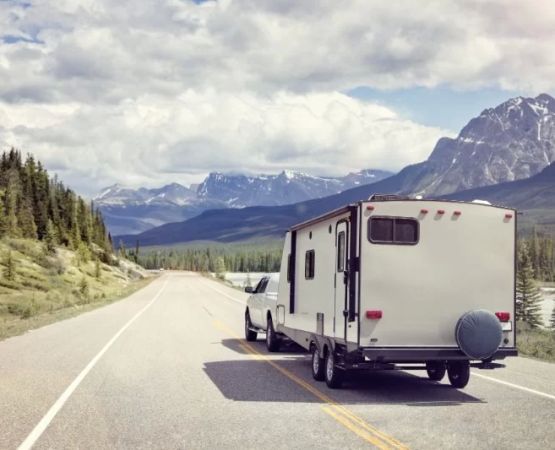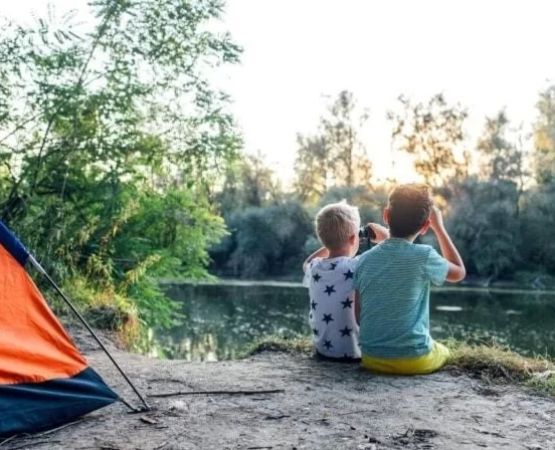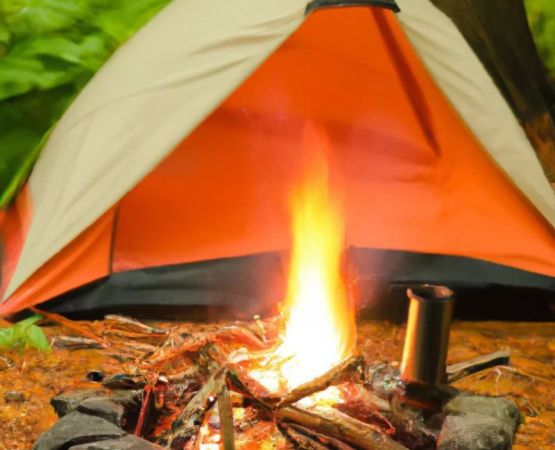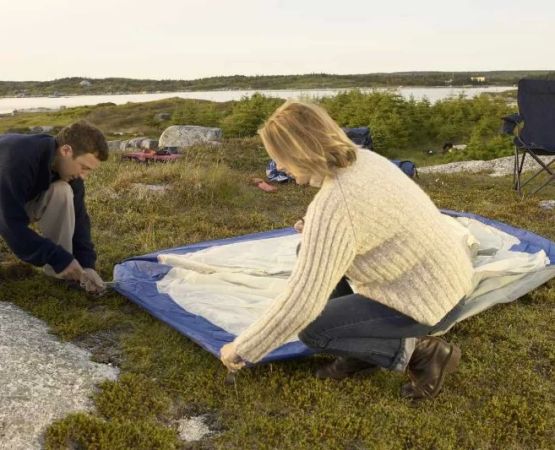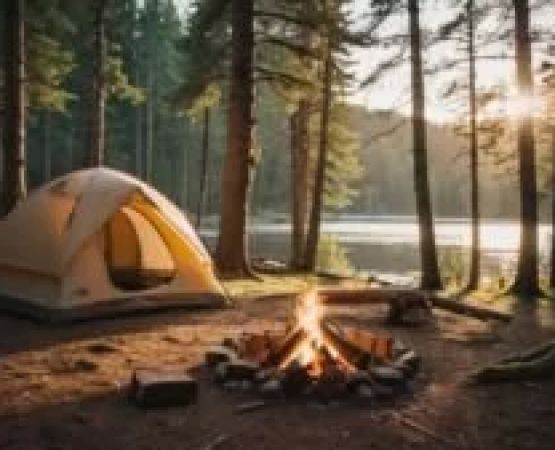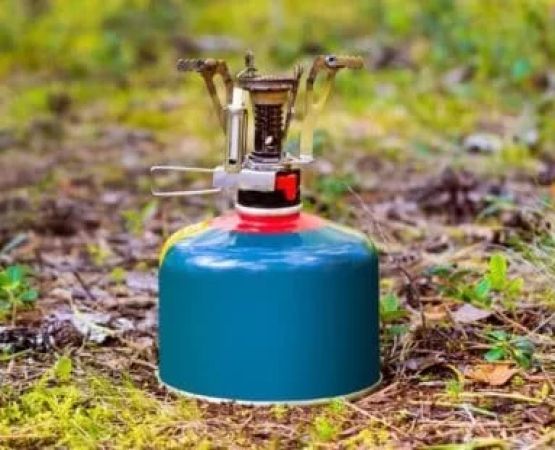How to Set Up a Campsite Like a Pro: Expert Tips for a Perfect Camping Experience
- Choosing the Right Campsite Location
- Camping Gear You Need to Set Up
- Setting Up Your Tent Like a Pro
- Creating a Functional Campsite Layout
- Cooking and Storing Food Effectively
- Staying Organized and Prepared
Choosing the Right Campsite Location
The foundation of setting up a campsite like a pro starts with selecting the perfect spot. Whether you're camping in the wilderness or at a designated campground, choosing a good location can make a huge difference in your comfort and safety. Here are a few expert tips for picking the best campsite:
1. Find Flat Ground
When choosing a spot for your tent, it’s crucial to find a flat area free from rocks, roots, and uneven ground. A flat surface ensures a better night's sleep and reduces the risk of discomfort or injury. Also, ensure the ground isn’t prone to flooding—set up your campsite on a slight incline so that rainwater doesn’t pool near your tent.
2. Consider Wind and Sun Exposure
Wind can make a camping trip miserable, so avoid setting up your tent in open areas that are exposed to strong winds. Look for natural windbreaks like trees or hills to shield your campsite. However, don’t place your tent too close to overhanging branches, as they could fall during storms. For sun exposure, consider the time of day you'll be outside. Choose a location that provides shade during the hottest hours of the day, especially in summer, but also ensures some sunlight in the morning to warm things up.
3. Proximity to Water
Being close to a water source is important for hydration, cooking, and washing. However, you should avoid setting up your tent too close to streams, lakes, or rivers, as flash floods and strong currents could pose risks. A good rule of thumb is to set up camp at least 200 feet away from water to ensure safety and minimize environmental impact.
Camping Gear You Need to Set Up
Once you've chosen your campsite location, the next step in setting up like a pro is ensuring you have the right camping gear. Packing smartly and bringing essential gear is key to a comfortable and successful camping experience. Here’s what you need to get started:
1. A High-Quality Tent
Your tent is your home away from home while camping, so investing in a high-quality one is crucial. Make sure it’s spacious enough for everyone in your group and is designed for the conditions you’ll encounter (e.g., waterproof for rainy conditions, breathable for hot climates). Remember to bring a ground tarp to protect your tent from moisture and sharp objects.
2. Sleeping Bags and Pads
Having a comfortable place to sleep is essential for a good camping trip. Choose sleeping bags that are rated for the temperature you expect and bring sleeping pads to insulate against the cold ground. Air mattresses can also be a great option for comfort but ensure they’re compact enough to carry.
3. Cooking Equipment
Cooking outdoors can be one of the highlights of your camping trip, but only if you have the right equipment. A lightweight stove, cooking pots, and utensils are essential for preparing meals. Don't forget to bring fuel, matches, and a cleaning kit for your cookware. A cooler is also a must for keeping perishable food fresh, especially in warm weather.
4. Lighting
Good lighting is essential for setting up camp after dark, cooking, and navigating your campsite at night. Bring headlamps, lanterns, and extra batteries to ensure you have plenty of light. Solar-powered or rechargeable lanterns can be a great eco-friendly option.
Setting Up Your Tent Like a Pro
Setting up your tent properly is one of the most important skills you can master when camping. A well-set-up tent will keep you dry, comfortable, and secure. Here’s a step-by-step guide to setting up your tent like a pro:
1. Lay Down a Groundsheet
Before pitching your tent, lay down a groundsheet or tarp underneath it. This adds an extra layer of protection against moisture and sharp objects that could puncture your tent floor. Ensure that the tarp is slightly smaller than the base of the tent so that water doesn’t pool between the tent and the tarp.
2. Assemble the Tent Frame
Start by assembling the tent poles and attaching them to the tent body. It’s important to carefully follow the instructions for your specific tent model. Tent poles usually come with color-coded segments to help you quickly identify which piece goes where. Make sure the poles are securely fastened into place before attaching the tent fabric to the frame.
3. Secure the Tent with Stakes and Guy Lines
Once the frame is set up, secure your tent by driving stakes into the ground. Make sure the stakes are angled away from the tent to hold it down securely. If the weather is expected to be windy, consider adding guy lines to your tent. These additional ropes provide extra stability and prevent the tent from being blown over.
Creating a Functional Campsite Layout
Once your tent is set up, it’s time to organize the rest of your campsite. A functional campsite layout will improve your overall experience, making it easier to cook, sleep, and enjoy your surroundings. Here’s how to create a well-organized campsite:
1. Designate Areas for Cooking and Eating
Set up a cooking area away from your sleeping area to keep food smells and heat away from your tent. It’s also important to have a place for eating and cleaning up after meals. If you're using a campfire, position your stove or grill downwind to avoid smoke blowing into your tent area.
2. Create a Storage Area
Keep your campsite organized by designating a specific area for your gear and food. Use waterproof bins or backpacks to store your items and prevent them from getting wet or damaged. You can also hang food or toiletries in a bear bag or use a bear-proof container if you’re camping in areas where wildlife is a concern.
3. Keep a Safe Distance from Water
While proximity to water is important for convenience, ensure you maintain a safe distance from bodies of water. Avoid setting up your campsite too close to the shoreline to minimize risks from rising water or flooding. Also, don’t store food near water sources to avoid attracting animals.
Cooking and Storing Food Effectively
Cooking and storing food is a major part of your camping experience, and doing it efficiently can make a big difference in the success of your trip. Here are a few pro tips for cooking and storing food effectively in the wild:
1. Plan Meals Ahead of Time
Plan your meals before heading out to minimize the time spent cooking. Pre-packaged meals or simple one-pot recipes are perfect for camping, as they require minimal preparation. Consider bringing lightweight ingredients that won’t spoil, such as freeze-dried meals, canned goods, or dehydrated snacks.
2. Use a Campfire or Portable Stove
For campfire cooking, use a grill grate or Dutch oven to cook your meals over the fire. If you prefer a portable stove, choose one that’s compact and easy to use. Always check the fuel supply and ensure you have enough for the duration of your trip.
3. Properly Store Perishable Foods
Keep perishable foods like meat, dairy, and fruits in a cooler with ice packs. Consider using airtight containers to prevent leaks and odors. For longer trips, consider a solar-powered cooler to keep food fresh for several days.
Staying Organized and Prepared
To ensure a smooth camping trip, staying organized and prepared is key. By keeping your gear in order and knowing where everything is, you can avoid unnecessary stress and frustration during your adventure:
1. Keep Your Gear Neat and Accessible
Use clear plastic bins or backpacks to store your gear, and label them for easy identification. Keeping your gear organized in specific areas will allow you to quickly access items when needed. Keep emergency items, like first aid kits and flashlights, in a separate and easily accessible location.
2. Be Prepared for Weather Changes
Weather can be unpredictable, so always prepare for sudden changes. Bring extra layers of clothing, rain gear, and sun protection. Check the weather forecast before leaving and adjust your gear accordingly.
3. Have a Backup Plan
It’s important to have a backup plan in case things don’t go as expected. This could include knowing where the nearest emergency services are or having an alternative campsite in mind if your first choice turns out to be less ideal.
Now that you know how to set up a campsite like a pro, it’s time to plan your next adventure. Whether you’re heading to a local park or exploring the great outdoors, following these expert tips will help ensure your camping experience is enjoyable, comfortable, and organized. Ready for your next camping trip? Visit Pine Cliff Resort to find the perfect campsite and start planning today!

